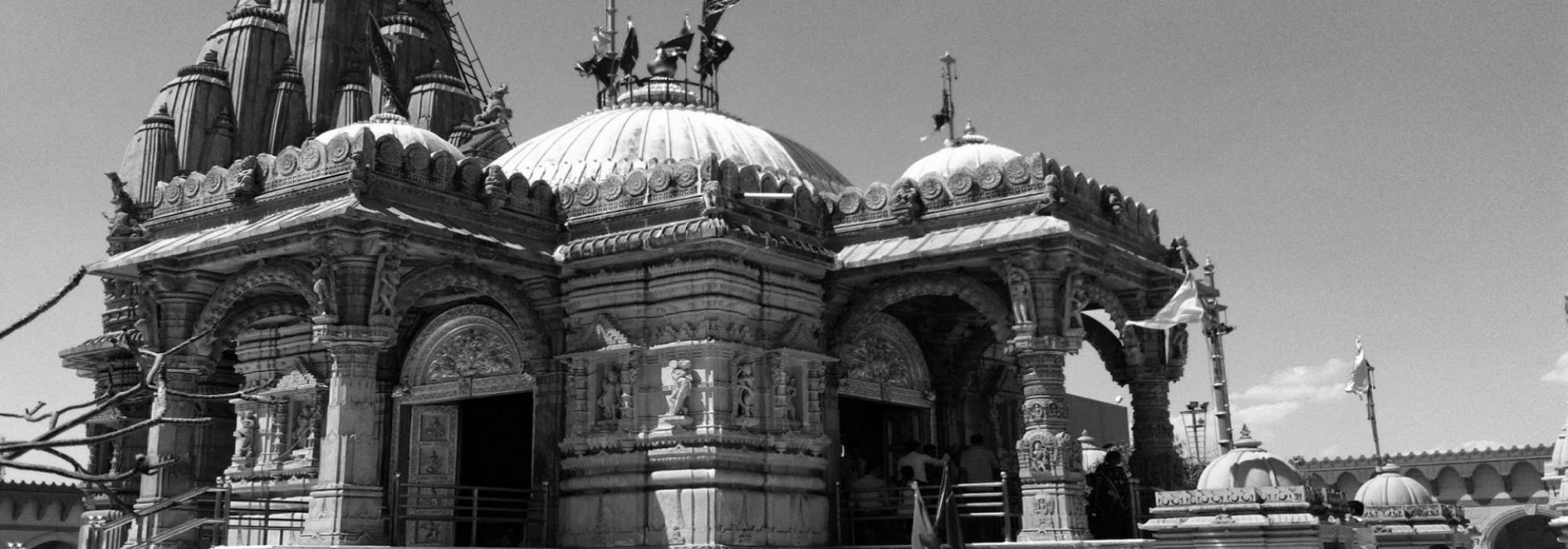Traditionalism
Sri Virupaksha Shastri would conduct himself like he epitomized the Shraddha or conviction in the Shastras, Karma, and virtue. Puja thrice everyday in his home. The Ekadashavara RudrAbhishekam was performed every Monday and Suryanamaskaram on Sundays. Numerous Vratas. Given this, he would mostly eat only once a day.
On one occasion during lessons, he exposited for half an hour on the sentence, “avidyAvadvishayAni shAstrANi” found in the Bhashya. In that duration, he cited examples using precepts like “Atman is the purest of all,” that it is “ever pure, enlightened, and its nature is endowed with Liberation,” “na shAstA na shastram (Neither the origin of knowledge, Nor the books of knowledge),” described the character and nature of the Ultimate Reality and infused a great thrill among the listeners. When I went to his home the next day as usual for my lessons, his wife said, “Sri Shastri left last night to perform some Yagna out of town. It might be two or three days for him to return.”
When I met Sri Shastri the next time, I broached this topic. He said smiling: “Yes, yes. What I said that day is related to the Enlightened and Self-Realized People. It applies to people of the caliber of Sadashiva Brahmendra. But we’re still in the world of Karma, right? That state will ensue after the mind ripens after doing virtuous Karma. Now let’s perform Karma!”
Sri Shastri’s faith and convictions were firm, steadfast, and resolute. To him, this faith was the symbol of utmost devotion. What others viewed with suspicion and skepticism, Sri Shastri believed firmly and conducted himself accordingly in thought, word, and deed—it is in this regard that I have respect and admiration towards him.
An Incident
It was three in the afternoon. As was customary, I was standing near the hall located at the South inside the Shankara Matha’s premises awaiting my lessons. That day, the Deputy Inspector General of the Mysore State’s Education Department, B. Dasappa was passing by. When he saw me there, he came closer. He was a great scholar of English Literature. He knew me since my childhood. When he had been the warden of the hostel of the Mysore Maharaja College, I was lodged in the hostel. Not just that. Per my father’s wishes, he had been my Guardian when I was studying in Mysore. I used to visit his home every week. From then on, he developed affection for me. He would make me study towering works in English authored by such greats as Shakespeare, Gibbon and others. Now he asked me out of that old bond of affection.
D: “What’re you doing here?”
Me: “For my lessons.”
I explained the background and context a bit. Dasappa said, “Nice, I’m happy. I was also meaning to visit Sri Shastri. Now is a good time,” and stood there with me. Sri Shastri arrived after a minute or two. After mutual greetings and exchange of respect, Dasappa spoke.
D: “I was curious to learn the meaning of a specific word from you.”
V: “What is it? May it be commanded.”
D: “The words ‘SumrudIkA Saraswati’ occur in the Vedas, right? What is the import of the word, ‘SumrudIkA?’”
V: “It appears that the Good Sir is headed towards office?”
Sri Shastri changed the subject in this manner.
D: “What I meant to say…”
V: “What? It appears that you’re walking on foot in this hot sun?”
D: “Just like that. Was thinking of something. Sumru…”
V: “Isn’t it getting late for office?”
D: “It’s ok, I’ll adjust the time. Sumru…”
By now, Sri Shastri’s patience had ebbed. He turned towards Dasappa and pointing to his feet with his finger, said, “As long as that is there on your feet, the alphabet of the Veda mustn’t emanate from the mouth.”
Dasappa: “But the people of England and Germany have studied the Vedas and given us translations, right?”
V: “That could well be. Respected folks like you all have also studied their books like the Bible. They might understand the sentences. But do they have the same devotion towards the Vedas? Those White people might understand the sentences of our Vedas. Or they might be deluded thinking that they’ve actually understood it. But do they have the same reverence?”
Sri Shastri elaborated on this for a bit.
“All you Respected People adorn high professions. When we come to your offices on a visit, there are protocols of attire, protocols of where and how we must stand, and the rest. When we visit the Palace, there are protocols of how we must wrap the shawl around our head, what sort of Dhoti we need to wear, and so on. If this is the case with worldly matters, shouldn’t the Vedas, which contain and expound the knowledge of the Brahman, the Ultimate Reality, be accorded respect? When one approaches the proximity of an Acharya, shouldn’t one first take off items like footwear?”
Dasappa listened to this with humility and happiness, accepted it and told Sri Shastri that he would return to him again wearing the Sanctified Garments.
Dasappa had intense devotion towards the Vedas. He had earned the blessings of the Sringeri Matha. He knew by heart several portions of Adi Shankara’s commentaries. He was always immersed in Vedantic philosophical contemplation. Even Sri Virupaksha Shastri had affection and friendship towards him on account of all these reasons. The aforementioned conversation occurred only out of the liberty that such friendship affords.
Large numbers of people used to visit Sri Shastri. Such folks would unfailingly perform the Sashtanga Pranama to Sri Shastri. Then Shastri would bless them with this:
“Bhagavati VAsudEvE aviccHinnA Bhatktirastu”
Concluded.
This episode is a part of the iconic D.V. Gundappa’s series of pen portraits in the volume titled Vaidikadharma Sampradaayastharu (Traditional Vedic Scholars) forming part of his acclaimed Jnapaka Chitrashaale (The Art Gallery of Memories).















































Comments